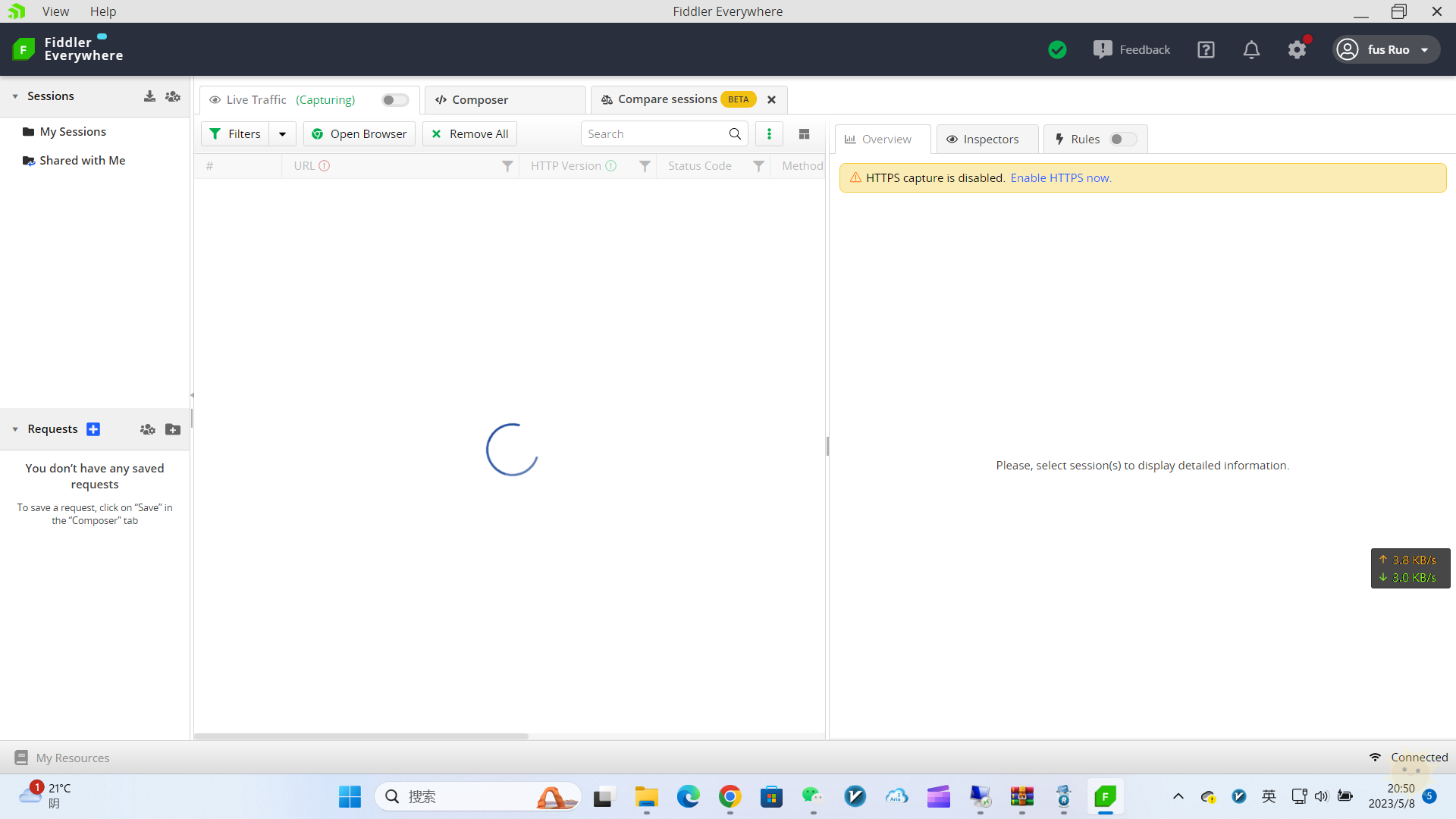![图片[1]-Python设计模式解析:10个经典实例-山海云端论坛](https://www.shserve.cn/wp-content/uploads/2024/04/20240408162158570-image.png)
大家好!今天我们要探讨的是Python编程中的设计模式,这些模式就像编程界的“武林秘籍”,能让你的代码更加优雅、高效。设计模式是一套被反复使用、多数人知晓、经过分类编目的代码设计经验的总结,它们能够解决在软件设计过程中经常遇到的问题。
在Python中,我们也可以利用这些设计模式来构建更加健壮、可维护的代码。下面,让我们一起揭开这些设计模式的神秘面纱,看看它们在实际项目中的应用。
1. 工厂模式(Factory Pattern)
工厂模式是一种创建型设计模式,它提供了一种创建对象的最佳方式。工厂模式使用子类化的方式决定要实例化的类。在Python中,可以通过一个工厂方法来创建对象,根据不同的输入参数返回不同的对象实例。这样做可以降低代码中对象之间的耦合度,提高代码的可维护性。
<code>class IceCreamFactory: @staticmethod def get_icecream(kind): if kind == 'creamy': return CreamyIceCream() elif kind == 'fruit': return FruitIceCream()</code>2. 装饰器模式(Decorator Pattern)
装饰器模式是一种结构型设计模式,它可以动态地给一个对象添加一些额外的职责,同时又不改变其原有的结构。在Python中,装饰器通常是一个函数,它接受一个函数作为参数,并返回一个新的函数,可以在调用原函数前后执行额外的逻辑。
<code>def color_decorator(func): def wrapper(color): print(f"{color} {func(color)}") return wrapper @color_decorator def say_hello(name): print(f"Hello, {name}") say_hello("Python") # 输出: Red Hello, Python</code>3. 单例模式(Singleton Pattern)
单例模式是一种创建型设计模式,它确保一个类只有一个实例,并提供全局访问点。在Python中,可以通过重写 __new__ 方法来实现单例模式。这样做可以确保在整个应用程序中只有一个实例存在,从而节省系统资源。
<code>class Singleton: _instance = None def __new__(cls): if not cls._instance: cls._instance = super().__new__(cls) return cls._instance obj1 = Singleton() obj2 = Singleton() # obj1和obj2指向同一个实例</code>4. 观察者模式(Observer Pattern)
观察者模式是一种行为型设计模式,它定义了一种一对多的依赖关系,当一个对象的状态发生变化时,所有依赖于它的对象都会得到通知并自动更新。在Python中,可以通过定义主题对象和观察者对象来实现观察者模式。
<code>class Subject: def attach(self, observer): self.observers.append(observer) def detach(self, observer): self.observers.remove(observer) def notify(self): for observer in self.observers: observer.update() class Observer: def update(self, data): print(f"New data: {data}") subject = Subject() observer1 = Observer() subject.attach(observer1) subject.notify() # 输出: New data: ...</code>5. 策略模式(Strategy Pattern)
策略模式是一种行为型设计模式,它定义了一系列算法,将每个算法都封装起来,并使它们可以相互替换。策略模式可以让算法的变化独立于使用算法的客户端。在Python中,可以通过定义一个接口和具体的策略类来实现策略模式。
<code>class CookingStrategy: def cook(self, ingredient): pass class BoilingStrategy(CookingStrategy): def cook(self, ingredient): print(f"Heating {ingredient} to boil...") class GrillingStrategy(CookingStrategy): def cook(self, ingredient): print(f"Grilling {ingredient}...") class Kitchen: def __init__(self, strategy): self.strategy = strategy def cook(self, ingredient): self.strategy.cook(ingredient) kitchen = Kitchen(BoilingStrategy()) kitchen.cook("water") # 输出: Heating water to boil...</code><br>6. 适配器模式(Adapter Pattern)
适配器模式是一种结构型设计模式,它允许接口不兼容的类能够一起工作。适配器模式通常通过创建一个适配器类来实现,该适配器类包装了不兼容的接口,并将其转换为符合要求的接口。在Python中,适配器模式可以通过创建一个适配器类,将原始接口转换为目标接口。
<code>class OldTV: def play(self, channel): print(f"Watching channel {channel}") class RemoteAdapter: def __init__(self, tv): self.tv = tv def press_button(self, command): getattr(self.tv, command)() remote = RemoteAdapter(OldTV()) remote.press_button("play") # 输出: Watching channel ...</code>7. 代理模式(Proxy Pattern)
代理模式是一种结构型设计模式,它为其他对象提供一个替代或占位符,以控制对这个对象的访问。代理模式通常用于延迟对象的创建,控制对对象的访问,或实现额外的逻辑。在Python中,代理模式可以通过创建一个代理类来实现,该代理类包装了原始对象,并在必要时执行额外的逻辑。
<code>class RemoteImage: def __init__(self, url): self.url = url def display(self): print(f"Displaying image from {self.url}") class LocalImageProxy(RemoteImage): def display(self): print("Loading image from cache...") super().display()</code>8. 迭代器模式(Iterator Pattern)
迭代器模式是一种行为型设计模式,它提供了一种方法来顺序访问一个聚合对象中的各个元素,而又不暴露其内部表示。在Python中,迭代器模式通常通过定义一个迭代器类来实现,该类包装了聚合对象,并提供了 __iter__ 和 __next__ 方法来遍历元素。
<code>class Book: def __iter__(self): self.page = 1 return self def __next__(self): if self.page > 10: raise StopIteration result = f"Page {self.page}" self.page += 1 return result book = Book() for page in book: print(page) # 输出: Page 1, Page 2, ..., Page 10</code>9. 命令模式(Command Pattern)
命令模式是一种行为型设计模式,它将请求封装为一个对象,从而允许您将参数化客户端操作、将方法调用、请求或操作封装到单一对象中,并允许您参数化对象、操作或操作队列。在Python中,命令模式通常通过定义一个命令类来实现,该类封装了一个具体的操作,并提供了一个执行方法。
<code>class Command: def execute(self): pass class Order(Command): def execute(self, item): print(f"Preparing {item}...") class Kitchen: def execute_order(self, cmd): cmd.execute() order = Order() kitchen = Kitchen() kitchen.execute_order(order) # 输出: Preparing ...</code>10. 享元模式(Flyweight Pattern)
享元模式是一种结构型设计模式,它通过共享对象来减少内存使用和提高性能。在Python中,享元模式通常通过创建一个享元工厂类来实现,该工厂类负责创建和管理共享对象,并在必要时返回现有的共享对象。
<code>class Letter: def __init__(self, text): self.text = text class FlyweightLetter(Letter): _instances = {} def __new__(cls, text): if text not in cls._instances: cls._instances[text] = super().__new__(cls, text) return cls._instances[text] poster = "Python" print([l.text for l in poster]) # 输出: ['P', 'y', 't', 'h', 'o', 'n']</code>这些就是Python中的十个经典设计模式。掌握了这些设计模式,你的代码将会更加组织有序、易于理解和维护。记住,编程不仅仅是写代码,更是一种艺术创作!现在就去将这些模式应用到你的项目中,让它们发挥出最大的作用吧!













![表情[qiudale]-山海云端论坛](https://www.shserve.cn/wp-content/themes/Shanhai/img/smilies/qiudale.gif) 我也是买了领不了、
我也是买了领不了、



暂无评论内容